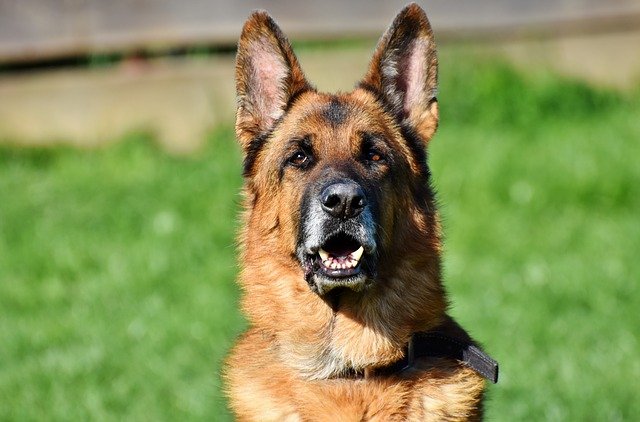
In this read, we will be looking at what you have to do to ensure that your dog has a proper environment to stay outside and address some of the concerns you may have regarding your dog living outside.
First, you should note that a mutt’s behavioural, social, and physical needs are very complicated, and fulfilling these special needs may prove to be challenging, if not impossible, for dogs that are left outside.
But more often than not, dog owners decide to keep their furry friends outside due to behavioural issues that may outwardly make them a liability to inside living. For instance, the dog may not respond to toilet training or may be destructive. When dealing with instances such as these, you should consider consulting with your veterinarian to assess whether there are any potential health problems. From there, your pooch may be referred to a behavioural specialist.
We advise that you consider these avenues first to solve any underlying issues your dog may be dealing with. But if you ultimately decide your dog will be staying outside, make sure to take practical safety precautions and be conscious of the risks your dog may be exposed to. Things to take into account include:
An appropriate outdoor dog kennel: The kennel should be big enough to provide sufficient room for sleeping and activities. It’s integral that your mutt feels comfy and can wag their tails, run, and walk whist in their kernel, as well as can lie down, stretch, play around, and stand without coming into contact with another kennel or animal.
Protection and shelter from sunlight, wind, and rain: When the elements aren’t desirable, your dog should be able to go to a more secure spot, away from rain or sunlight. Using dog crates to satisfy this need isn’t an ideal permanent surrounding for your furry friend. As a side point if you are looking for pet franchises then see here.
Ventilation and temperature: Ventilation, automatic cooling and/or heating may be required in order to maintain temperatures in the range of 10°C and under 26°C. You’ll also need to ascertain that the cooling and heating systems are safe – no trailing cables, for instance. Additionally, we recommend that you monitor the temperature every day.
Restraining or tethering dogs: It is our professional opinion that dogs should never be chained or tethered, apart from very brief periods, since restraining a dog in this manner can result in self-injury as well as limit normal behaviour, which can be detrimental to the overall wellbeing of the dog.
Health and wellbeing requirements: Ensure that your dog is served a well-balanced and drinks clean drinking water regularly. Use a durable water bowl and refill regularly. Additionally, we recommend that you assess your pooch for symptoms of illness or injury.
Social wants: Give your dog the chance to act normally and engage in routines like exercising every day, interacting and playing with people and animals, and so on. Ensuring that your dog has company is a crucial aspect for outdoor dogs.
Don’t allow your pooch to get bored or lonely, and don’t let them stay alone for long to avoid them getting distressed. Indications of a distressed dog include whining, howling, or barking excessively, along with hiding, panting, and showing signs of aggression.
Concerned about your dog staying outside?
Whenever concerns about the living conditions of your dog arise, you can depend on our animal rescuers to work closely with you and make the requisite improvements. We often encourage and recommend that the dog live indoors, however, when that’s not a viable option, we usually recommend for the dog to be provided with a heat source outside.
Comments are closed